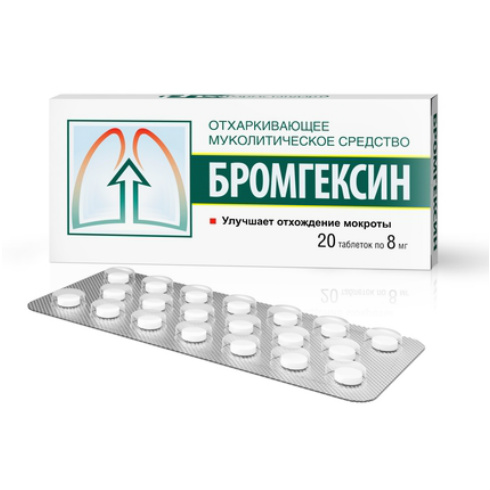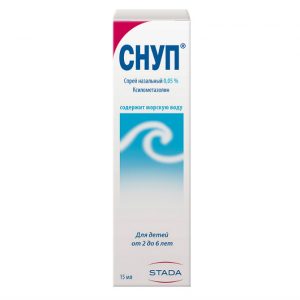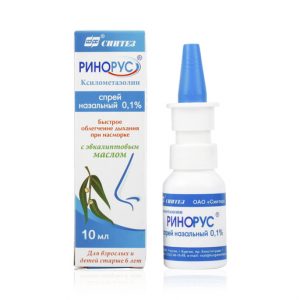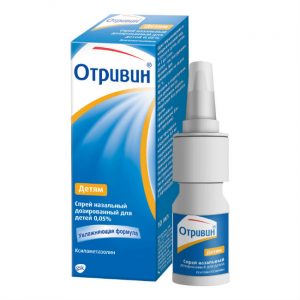Description
packaging 20 pcs
Pharmacological action
Bromhexine has a mucolytic (secretolytic) and expectorant effect. The mucolytic effect is associated with the depolymerization and liquefaction of mucoprotein and mucopolysaccharide fibers. Bromhexine has a weak antitussive effect. It stimulates the production of endogenous surfactant, which ensures the stability of alveolar cells during respiration. The clinical effect is manifested after 2-5 days from the start of treatment with the drug.
Pharmacokinetics
When taken orally, bromhexine is almost completely absorbed (99%) within 30 minutes. Bioavailability is 20-25% (effect of the first passage through the liver). In plasma, bromhexine firmly binds to 95% proteins, penetrates the blood-brain and placental barriers. In the liver, bromhexine undergoes demethylation and oxidation. The half-life is 15 hours due to slow back diffusion from the tissues. It is excreted by the kidneys. In chronic renal failure, the excretion of bromhexine metabolites is impaired. With repeated use, bromhexine can accumulate.
Indications
Chronic inflammatory lung disease (asthma, cystic fibrosis, tuberculosis, tracheobronchitis, spastic bronchitis, bronchiectasis, pulmonary emphysema, pneumoconiosis), chest injury, pre- and postoperative period.
Contraindications
Pregnancy (I trimester), children (up to 3 years).
Use during pregnancy and lactation
Bromhexine crosses the placental barrier, as well as into breast milk. The drug is contraindicated for use during pregnancy and during breastfeeding.
If necessary, use the drug during lactation during treatment should stop breastfeeding.
Composition
1 tablet contains the active substance:
bromhexine hydrochloride – 8 mg.
Excipients:
potato starch,
lactose (milk sugar),
sucrose (sugar),
calcium stearate.
Dosage and administration
Inside, 3 times a day, with water if necessary.
Adults and adolescents over 14 years of age: 8 16 mg or 2 3 teaspoons.
For children from 6 to 14 years: 4 8 mg or 1 2 teaspoons.
Children under 6 years: recommended syrup, up to 2 years – 1/2 hour. tablespoons, from 2 to 6 years – 1 / 2 1 teaspoon each.
Side effects of the
From the digestive system: dyspeptic symptoms, transient increase in the activity of hepatic transaminases in the blood serum.
From the side of the central nervous system: headache, dizziness.
Dermatological reactions: increased sweating, skin rash.
From the respiratory system: cough, bronchospasm.
Drug Interaction
Bromhexine can be given at the same time as other drugs used in the treatment of bronchopulmonary diseases.
Bromhexine is not prescribed at the same time as anti-cough agents (including codeine), because they can make it difficult to clear the sputum of Bromhexine.
Bromhexine promotes the penetration of antibiotics (amoxicillin, erythromycin, cephalexin, oxytetracycline), sulfanilamide drugs into the bronchial secretion in the first 4-5 days of antimicrobial therapy.
Bromhexine is not compatible with alkaline solutions.
Overdose
Symptoms: nausea, vomiting, diarrhea, dyspeptic disorders.
Treatment: artificial vomiting, gastric lavage (in the first 1-2 h after admission).
Storage conditions
Store in a dry, dark place at a temperature not exceeding 25 ° C.
Keep out of the reach of children.
Expiration
5 years.
Deystvuyuschee substances
Bromhexine
Dispensing conditions from pharmacies
Over-the-counter
dosage form
dosage form
tablets
Pharmstandart-Leksredstva, Russia




